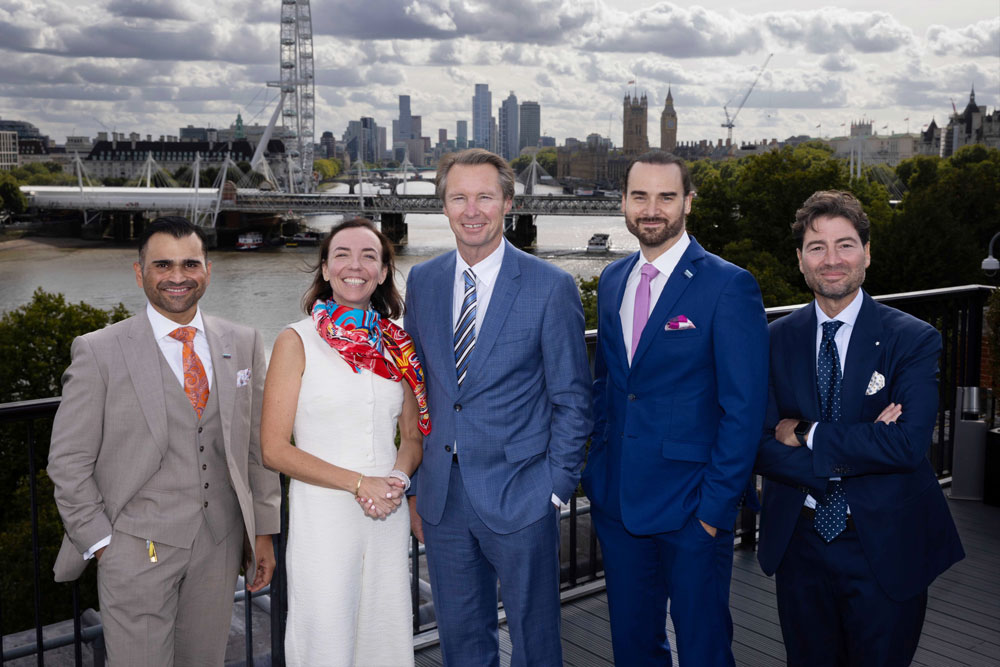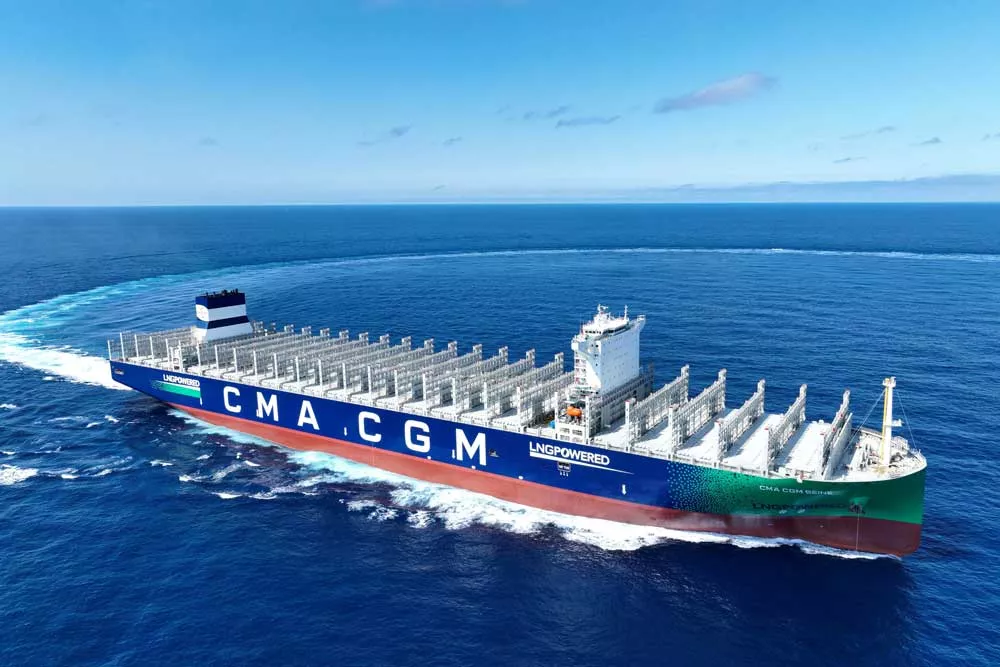Paywall
 15 years of battery and fuel cell research
15 years of battery and fuel cell research

After many years of extensive research, project partners Eidesvik Offshore, DNV GL and Wärtsilä Norway have announced the closure of the FellowSHIP project. It aimed to explore the use of battery, hybrid and fuel cell te…
Verwandte Themen









